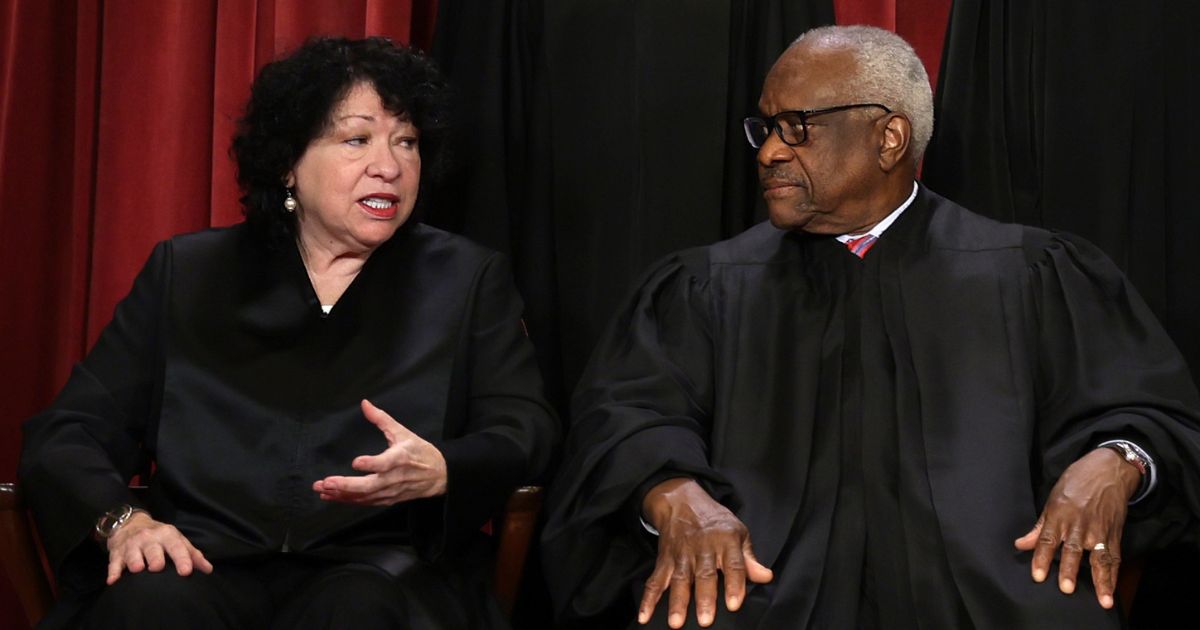US Borrowing Masks Recession
Related Stories
The headline economic figures for the United States look robust. However, upon closer examination, concerning weaknesses emerge.
Real GDP growth in the third quarter surged to an impressive 4.9 percent, surpassing the consensus estimate of 4.5 percent. While this is positive news, some analysts, including Bloomberg, had even higher expectations of up to 5 percent growth based on the nowcast estimates.
Despite low U.S. unemployment at 3.8 percent, real wage growth remains negative, according to the Bureau of Labor Statistics. Over the past year, there has been a 0.1 percent decrease in real average weekly earnings. This means that despite a tight labor market, workers’ real disposable income is not improving. Additionally, the labor participation rate and employment-to-population ratio are still below pre-pandemic levels. Rising taxes and inflation further erode wage growth, making the situation more complex than what the headlines suggest.
The cracks in the bullish economic story will soon become apparent. Consumer spending experienced a strong 4 percent annualized growth rate in the third quarter, surprising most analysts who had anticipated a weak 0.8 percent growth based on the previous reading. However, the worrying fact is that this rise in consumption is largely fueled by increased debt. U.S. consumers are heavily borrowing to finance their entertainment expenses. The growth in services was 3.6 percent, while real disposable income remained negative at -0.1 percent. Household credit card debt has reached a new record, with the average consumer carrying a $5,900 debt on their card, according to the Federal Reserve Bank of New York. Last year, credit card interest alone amounted to $105 billion, and this year’s figure is expected to be even higher.
Americans are living on borrowed time as real salaries have remained in negative territory for the past five years, and inflation continues to eat away at savings.
More concerning figures can be found in GDP. A strong economy should not experience such a significant decline in investment. Nonresidential business investment fell by 0.1 percent, including a 3.8 percent slump in equipment investment. Capital expenditure plans have fallen to levels not seen since May 2020, according to Morgan Stanley.
The mirage of construction is also fading, with growth dropping to just 1.6 percent after a one-off double-digit increase in the previous quarter. Furthermore, a significant portion of the GDP growth came from bloated government spending financed by more debt and inventory revaluation, contributing 0.8 and 1.4 percentage points to GDP growth, respectively. Many of these temporary effects are expected to revert in the fourth quarter.
The level of public debt is exceedingly concerning. While GDP increased by a mere $414.3 billion between the third quarter of 2022 and the same period in 2023, public debt increased by $1.3 trillion, reaching $33.6 trillion from $32.3 trillion, according to the Treasury.
The United States is currently experiencing its worst year of growth, excluding public debt accumulation, since the 1930s.
Consumption financed by soaring credit card debt and economic growth disguised by enormous government spending and record public debt are not indicators of a strong economy. Instead, they are evidence of a very worrying trend that may persist for another two quarters and likely result in a much weaker economy over the next three years.
How does the ballooning national debt and budget deficits impact the economy and what measures can be taken to address this issue?
To $121 billion. This increase in consumer debt is unsustainable, and it raises concerns about the long-term stability of the economy.
Another area of concern is the ballooning national debt and budget deficits. The US government has been testing the limits of its debt, with spending surpassing revenue for several years now. The government shutdown earlier this year only highlighted this problem. However, the real issue lies in the public debt. The US currently has a public debt of over $23 trillion, and it continues to increase at an alarming rate. This level of debt is not sustainable and poses significant risks to the economy in the long run.
Furthermore, the government’s response to the COVID-19 pandemic has also contributed to the problem. Massive stimulus packages and relief measures have led to an increase in government spending and further widening of the budget deficit. While these measures were necessary to cushion the economy from the impact of the pandemic, they have also added to the mounting debt burden.
There is no doubt that the US economy is currently experiencing growth and positive indicators. However, these related stories reveal the underlying weaknesses and vulnerabilities in the economy. Real wage growth remains negative, consumer spending is fueled by debt, and the national debt continues to soar. These are red flags that should not be ignored.
It is crucial for policymakers and economists to address these concerns and take necessary steps to ensure a sustainable and stable economy. This may include implementing measures to increase real wage growth, reducing reliance on debt for consumer spending, and developing a long-term plan to tackle the national debt. Ignoring these issues or continuing with irresponsible fiscal policies will only lead to greater economic instability in the future.
In conclusion, while the headline economic figures may paint a rosy picture, a closer look reveals concerning weaknesses in the US economy. Real wage growth is negative, consumer spending is fueled by debt, and the national debt continues to rise. These issues need to be addressed to ensure a sustainable and stable economy in the long run.
" Conservative News Daily does not always share or support the views and opinions expressed here; they are just those of the writer."





